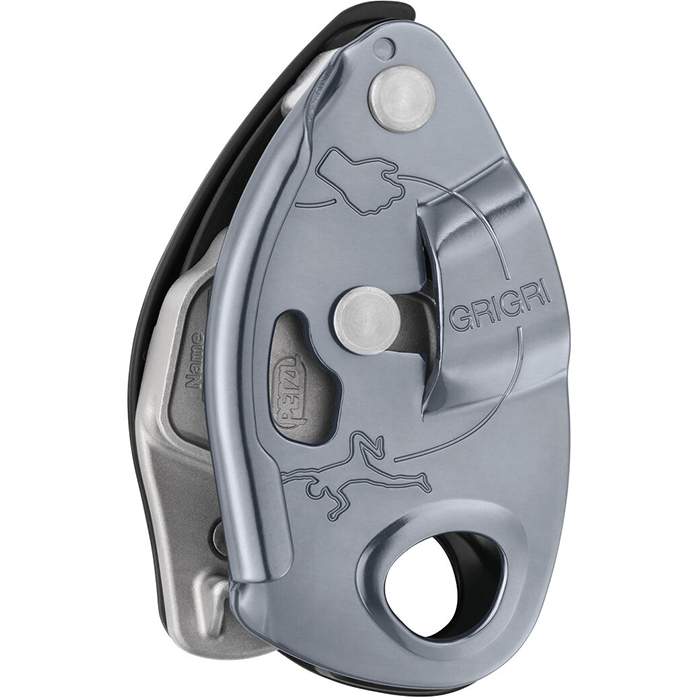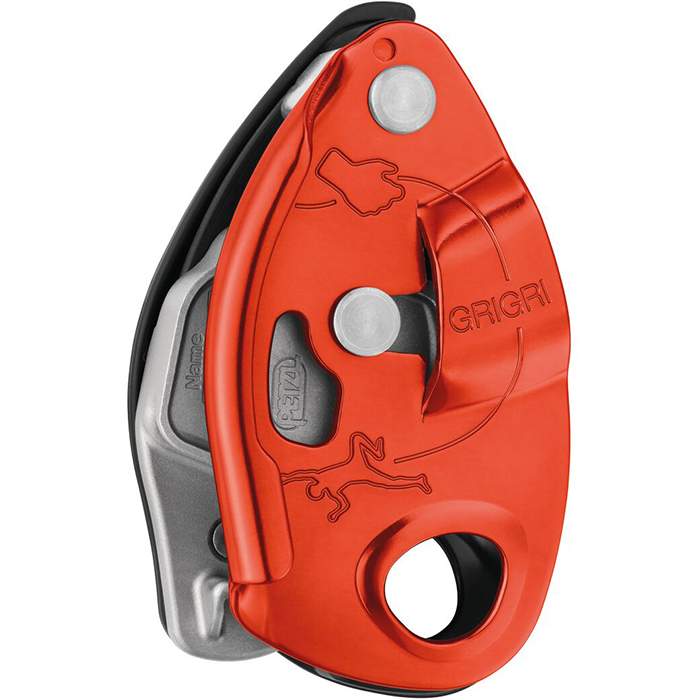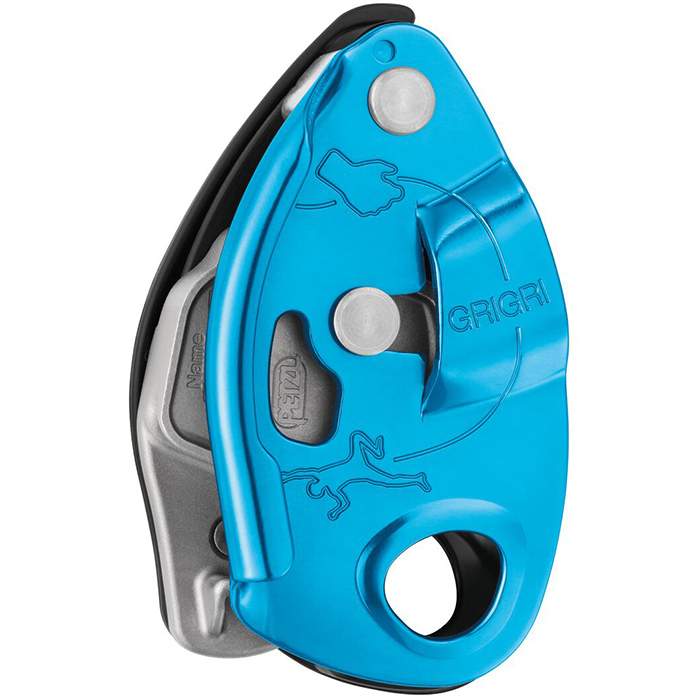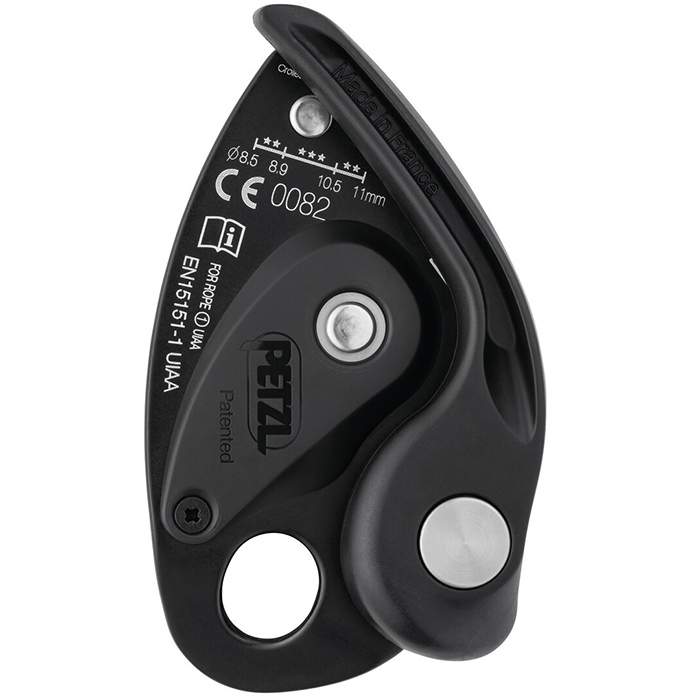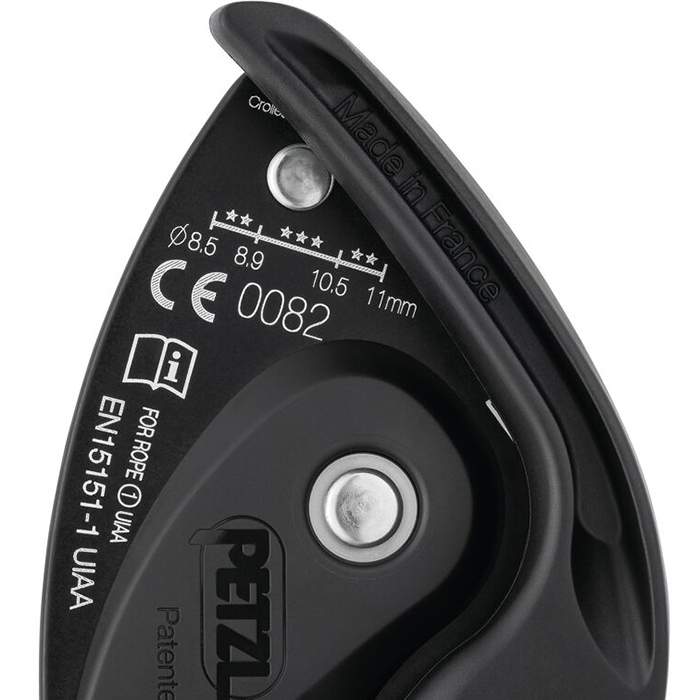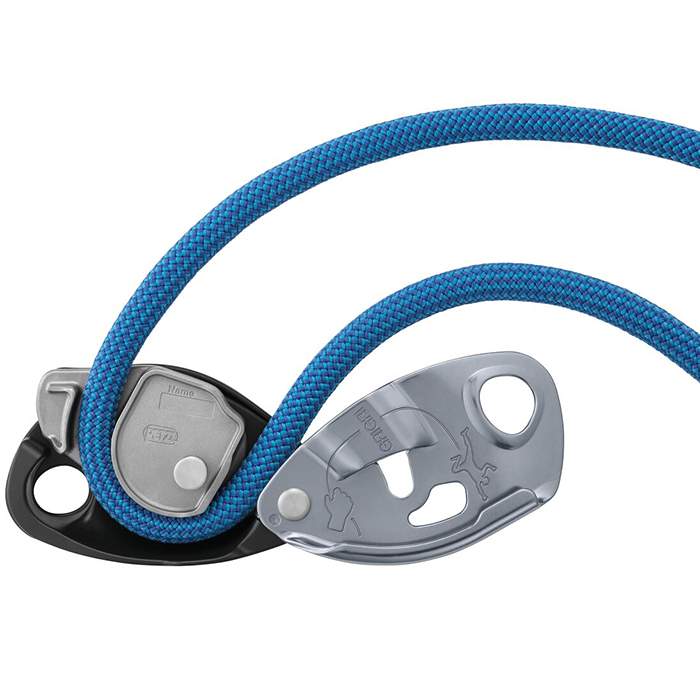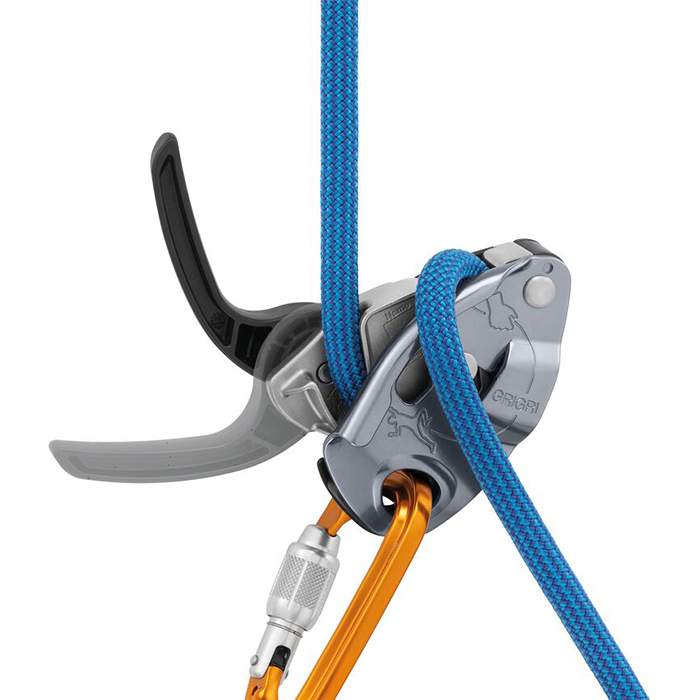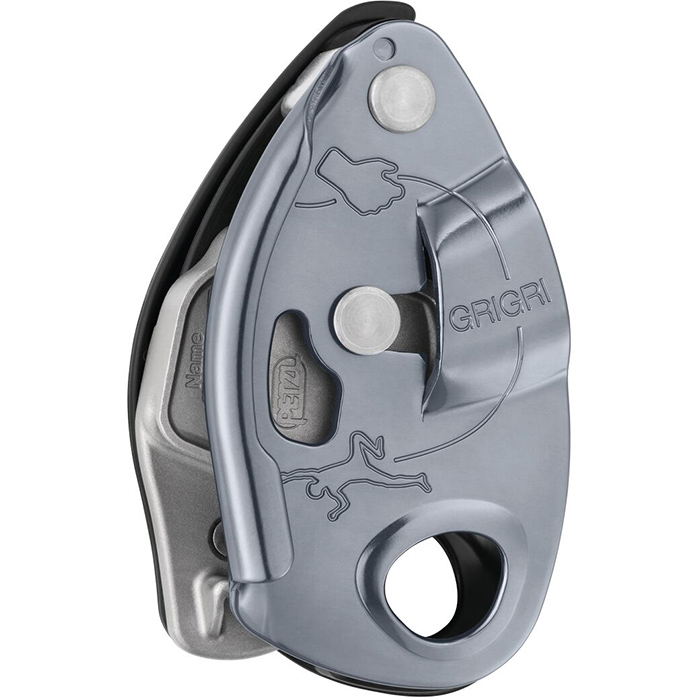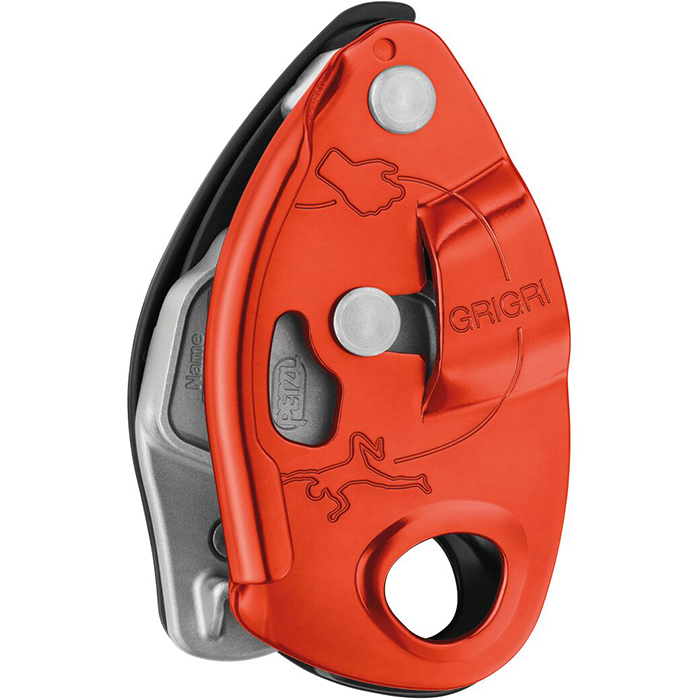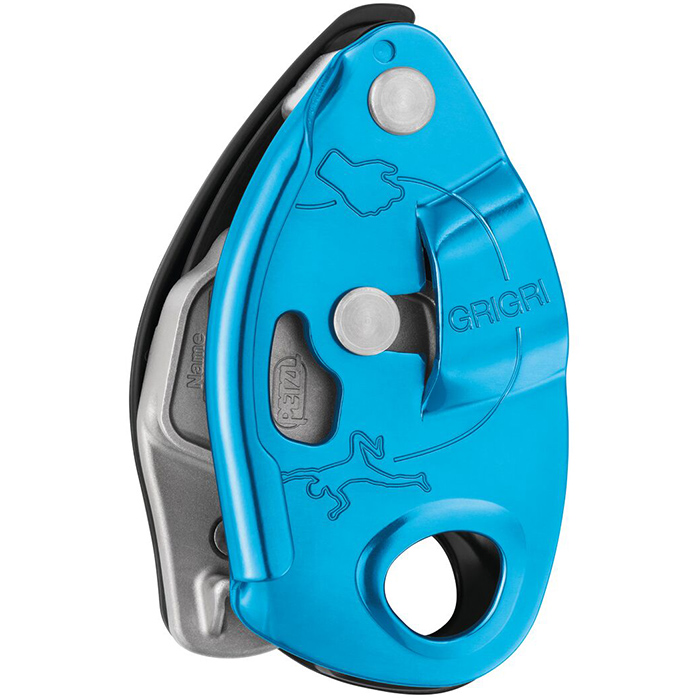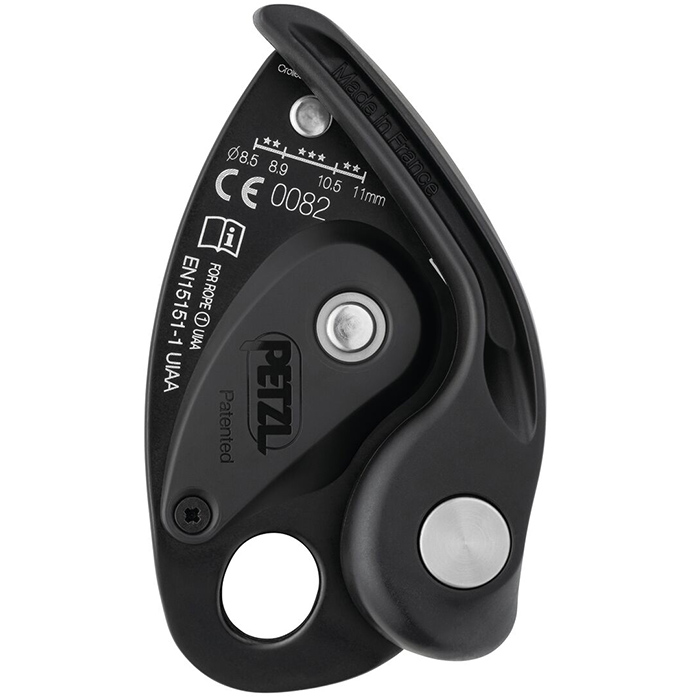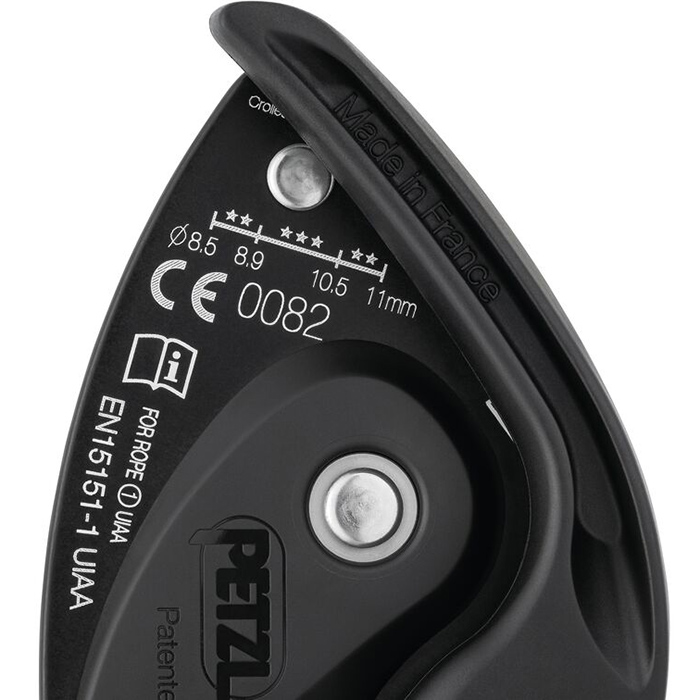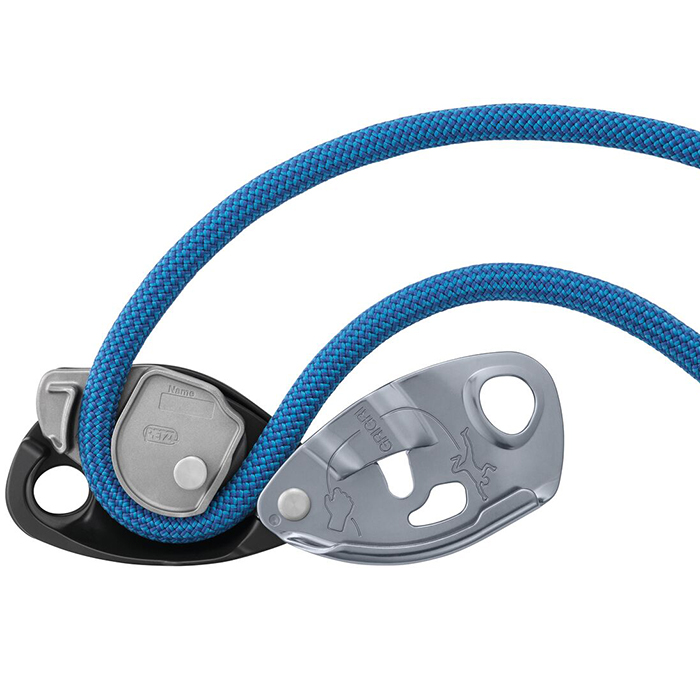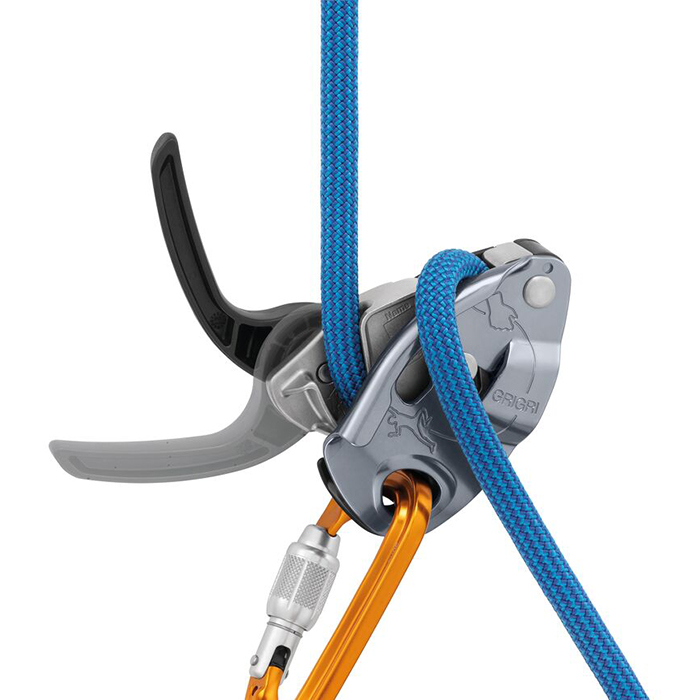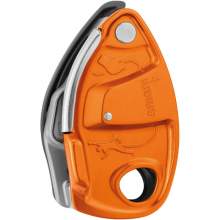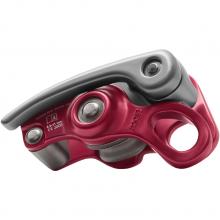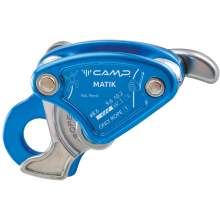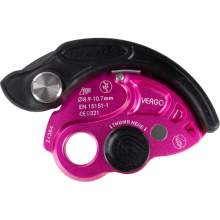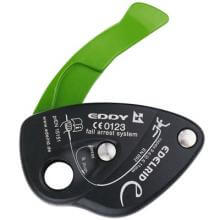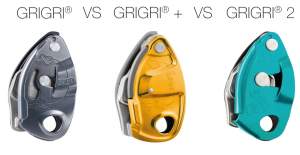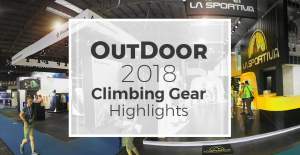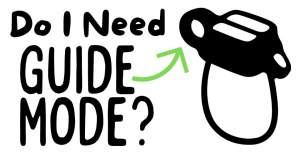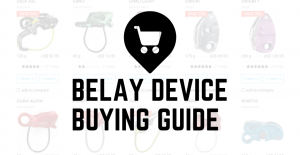GriGri
Description
Designed for the experienced belayer, the GRIGRI is a belay device with assisted braking designed for belaying both in the gym and at the crag. Compact and lightweight, it can be used with single ropes from 8.5 to 11 mm. The assisted braking function improves comfort while belaying, holding a climber or catching a fall. The design of the handled camming mechanism enables exceptional descent control.
- Belay device with assisted braking, compatible with a broad range of single rope diameters, for both gym and crag:
- feeding slack and catching falls are done using standard belay techniques; always keep a hand on the brake-side of the rope.
- the assisted braking function is activated when a climber falls, the device pivots, the rope tightens and the cam pinches and blocks the rope. Holding the brake side of the rope helps engage the cam, therefore it is important to always hold the brake side of the rope.
- compatible with dynamic single ropes 8.5 to 11 mm, optimized for 8.9 to 10.5 mm.
- rope installation diagram engraved on both the interior and exterior of the device. - Exceptional comfort during descents:
- the ergonomic handle allows you to easily lower someone.
- smooth descent control is achieved thanks to the progressive action of the cam. - Designed for experienced belayers:
- simple to use for belaying both lead or top-rope climbers.
Retail price
When you click a link below and then checkout online, no matter what you buy (climbing gear or not), we get a small commission that helps us keep this site up-to-date. Thanks!

Device Type  Device TypeTubeThe most commonly used belay type also called an “ATC” or “tuber.” Other than a distinction between other belay device types, “Tube” is a rarely used term, most climbers just assume you're talking about this style when they refer to your "belay device." 
Figure 8Mostly used in rescue, canyoneering, tactical, work safety, or by old school climbers and rappellers. One reason they went out of popularity with recreational climbers is because they tend to create twists in the rope. 
Brake AssistThese devices assist in stopping the rope when a climber falls or hangs on the rope. 
Often referred to as “auto-blocking” but that’s not the official terminology because no belay device should be assumed to work automatically by itself, even if it feels like it does (or does most the time). PlateWhen simplicity is a must, or you started climbing before Tubers were the norm. Bonus: They tend to be very light weight. 
DescenderFor rappelling, not for belaying a lead climber or top-roping. 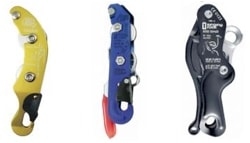 |
Brake Assist - Mechanical |
Weight (g)  Weight (g)In grams, the weight, as stated by the manufacturer/brand. |
175 g |
Belay Brake Assist  Belay Brake AssistThis is when the belay device significantly reduces the amount of holding power the belayer must exert to stop a fall and hold a climber. This is also called "assisted-braking" as the device must hold a significant amount of the climber’s weight; this term does not include friction-adding "teeth" found on some tube style belay devices. Confusingly referred to as “auto-blocking” or “auto-locking” these terms wrongly imply the device will always, automatically, stop a fall or hold a climber even if the belayer/rappeller is hands-free. These devices are not meant to be used without a hand on the braking side of the rope; the belayers/rapppeller brake hand should always be on the brake rope. Worth ConsideringMost of the mechanical brake assist devices only hold a single strand of rope and are not capable of double-strand rappelling (the most common method of rappel). |
Yes |
| Rope Options | 1 rope only |
Guide Mode  Guide ModeThis is when you belay directly off the anchor instead of your harness. Guide mode is helpful if you climb outdoors a lot because it reduces the holding power required from the belayer. When your partner falls or rests, the weight of the climber is held mostly by the anchor and the belay device. Tubers and PlatesWhen belaying in "guide mode," the tubers and plates turn auto-blocking. During a fall, the climbing rope pinches the slack rope, completely stopping the movement of either rope. A common guide mode setup shown below. 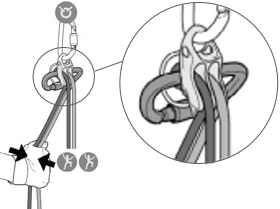
Mechanical Brake Assist DevicesThere is no difference in the functionality of the device. A brake-hand should always be on the rope to ensure the climber is caught in the case of a fall. A common guide mode setup shown below. 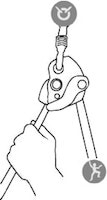
Where guide mode is used
Learn Morehttp://www.climbing.com/skill/essential-skills-auto-blocking-belay-devices/ |
1 follower only |
Teeth  TeethTeeth are only seen on tube devices. They add friction that helps grip the rope for more belaying control. This is helpful for belaying heavier climbers. Teeth are becoming standard on new tube devices. 
Worth ConsideringTeeth do wear out. You can limit wear by rappelling on the side without teeth (if you don’t need the extra friction). Once they’re worn, you’ll still have a usable belay device, just less friction. |
No |
Rope Range (mm)  Rope Range (mm)The range of rope diameters, in millimeters, that the manufacturer/brand specifies can safely be used. This is the best case scenario and does not necessarily take into consideration that certified ropes have a tolerance of +/- .3 mm. Recently, manufacturers have started to add an "optimized" rope range -- this is the range that will result in the nicest handling of the belay device. | 8.5 mm
- 11.0 mm
, optimized for 8.9 mm
- 10.5 mm
Single: 8.5 - 11 |
Certification  CertificationsThe main climbing gear certifications are CE and UIAA--and normally the UIAA creates the rules that the CE body also supports. When possible, we try to list all the certifications the product carries. To sell a climbing product in Europe, the device must be CE certified. There are no official requirements to sell climbing gear in the US. The UIAA certification is a voluntary process. Learn MoreRock and Ice Certifications Guide |
CE, EN, UIAA |
Ditching the “2” in their iconic belay device’s name, Petzl has updated this assisted-braking classic by expanding the range of ropes it can accommodate: from 8.5mm to 11mm. In other words, what was formerly the Grigri 2 is now just the Grigri (it has the 2’s smaller size viz. the original model, and weighs 6.2oz), and it’s been retooled to work with the new ultra-skinny single ropes. I’ve been a Grigri convert since I first laid hands on one in 1992, so was well versed in the device’s pros, cons, and usage as I tested. From crag belays, to simul-rapping, to multi-pitch sport, to gym sessions, the Grigri was just as smooth, amazing, and reliable as ever; its métier is dogging sessions, catching long, dynamic falls, and lowering, where the lever gave buttery action without fail.
The Petzl GriGri is the best and most popular active assist braking device on the market today. If you are looking to add a little bit of security to your belaying beyond the simple tube, this is the device we would recommend before any other.
So, the 2018 updates are useful, the broader range of rope sizes is great and the up-rated cam does make a difference to the smooth action when lowering. The design tweaks on the plate fold over and handle are for aficionados and of course you should read all the documentation, watch the youtube videos and even practice using it if you are new to using a GriGri, and if you are thinking of upgrading from your original one this is well worth the money.
Helpful description, How to inspect GRIGRI 3 and also how to make it long lasting.
How to use the GRIGRI 3 (good and bad), various instruction of GRIGRI 3 including inspection and techniques.
A checklist to monitor your belay device, it helps you to know when to retire your belay device.
Describes with words and helpful photos, how to protect your belay device and other metal equipment.

